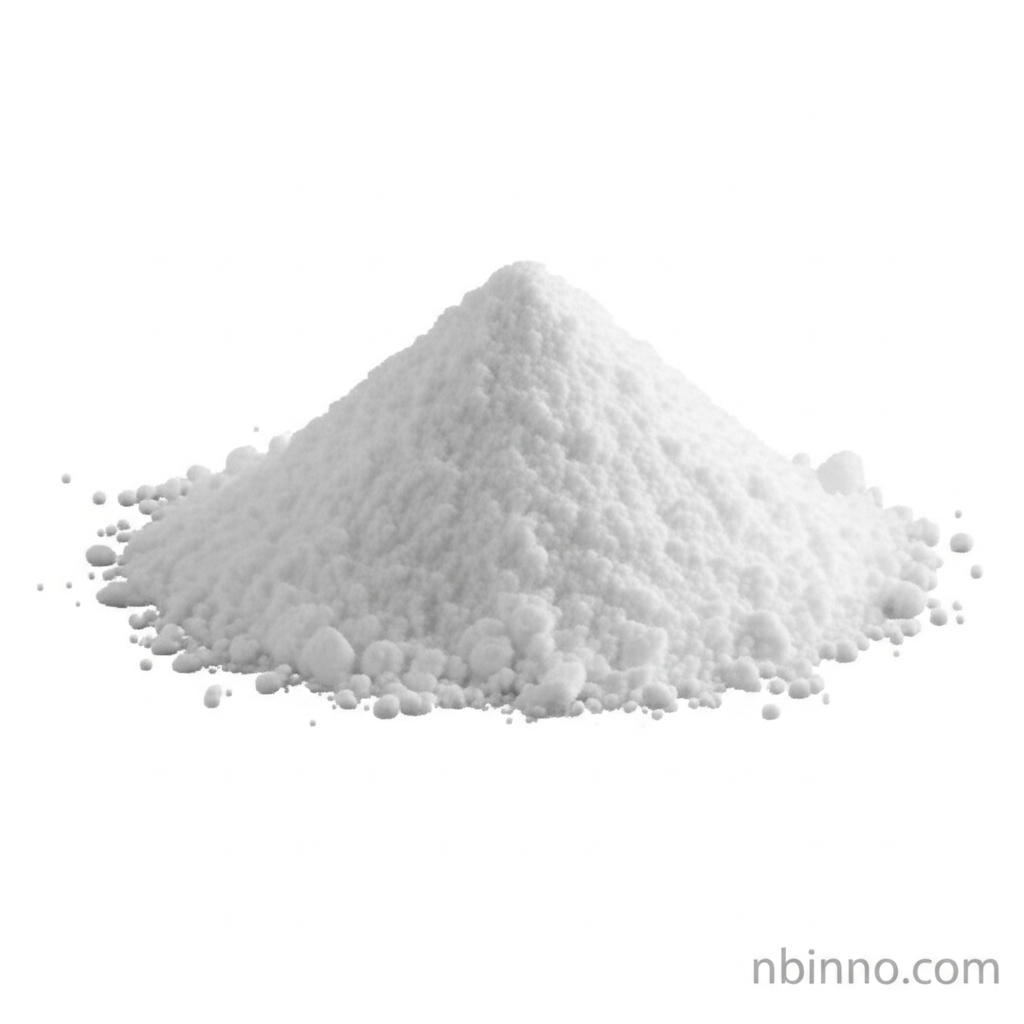High Purity 2-Chloropyrimidine-5-carboxylic Acid (CAS 374068-01-6)
A crucial building block for pharmaceutical and agrochemical innovation, driving scientific advancement.
Get a Quote & SampleProduct Core Value

2-Chloropyrimidine-5-carboxylic acid
This heterocyclic compound, identified by CAS 374068-01-6, is an indispensable intermediate in the synthesis of a wide array of biologically active molecules. Its structure, featuring a chlorine atom and a carboxylic acid group, grants it significant reactivity, making it a sought-after building block for creating complex molecular architectures crucial for drug discovery and agrochemical development.
- Explore the synthesis of novel pharmaceuticals using 2-chloropyrimidine-5-carboxylic acid as a key intermediate.
- Discover how CAS 374068-01-6 contributes to the development of advanced agrochemicals for enhanced crop protection.
- Understand the versatility of this heterocyclic compound in organic synthesis and medicinal chemistry research.
- Learn about the importance of high purity organic chemicals like this building block in scientific advancements.
Key Advantages
Versatile Synthesis Applications
Leverage the reactivity of 2-chloropyrimidine-5-carboxylic acid for diverse organic synthesis projects, enabling the creation of intricate molecular structures.
Enabling Pharmaceutical Discovery
This compound serves as a vital pharmaceutical intermediate, accelerating the development of new therapeutic agents for various diseases.
Boosting Agrochemical Innovation
Utilize this building block in agrochemical synthesis to develop effective herbicides and fungicides, improving agricultural productivity.
Key Applications
Pharmaceutical Development
As a critical building block, it aids in the synthesis of pharmaceuticals, particularly for antiviral and anticancer agents, thereby enhancing drug efficacy.
Agrochemical Formulation
This compound is essential in the creation of herbicides and fungicides, offering effective solutions for crop protection and yield improvement.
Medicinal Chemistry Research
Researchers rely on this versatile molecule for designing compounds that interact effectively with biological targets in medicinal chemistry.
Organic Synthesis
Its inherent reactivity makes it a valuable component in complex organic synthesis pathways, allowing for the creation of sophisticated molecular architectures.
